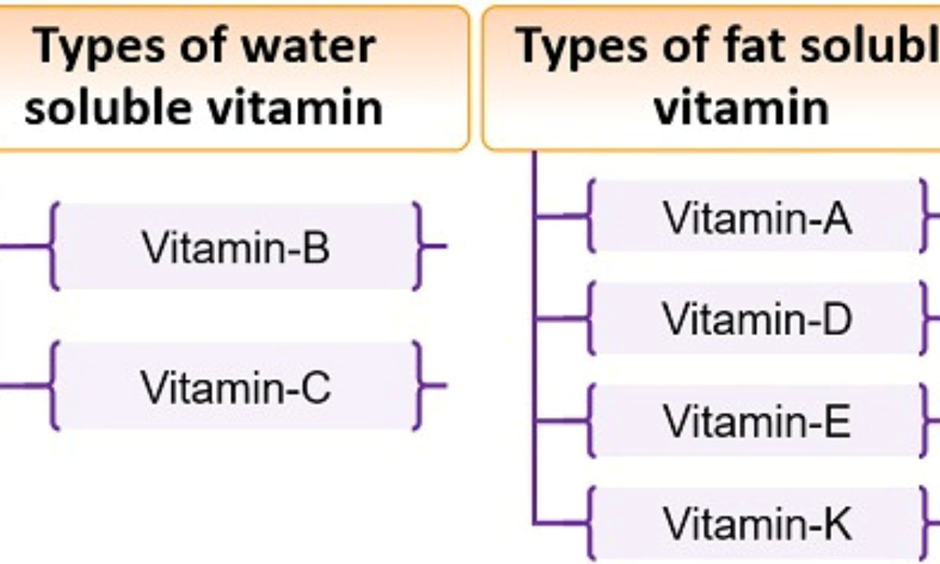A nurse is caring for a client who has dysphagia. The nurse should monitor the client for which of the following complications?
Pneumonia
Pressure injury
Pulmonary embolism
Diarrhea
The Correct Answer is A
A. Pneumonia:
Dysphagia, or difficulty swallowing, can lead to aspiration, where food or liquids enter the airway and lungs instead of the stomach. This can result in pneumonia, an infection of the lungs. Clients with dysphagia are at an increased risk of developing pneumonia due to the aspiration of foreign material into the lungs.
B. Pressure Injury:
Pressure injuries (formerly known as pressure ulcers or bedsores) are caused by prolonged pressure on the skin, usually over bony prominences. Dysphagia itself is not directly related to pressure injuries. These injuries are more commonly associated with immobility and constant pressure on specific areas of the body.
C. Pulmonary Embolism:
Pulmonary embolism is a blockage of the pulmonary artery, usually by a blood clot that travels to the lungs from the legs or other parts of the body. While dysphagia is not directly associated with pulmonary embolism, conditions that cause immobility (such as being bedridden due to dysphagia) can contribute to the risk of developing blood clots.
D. Diarrhea:
Dysphagia is difficulty swallowing and is not directly related to diarrhea. Diarrhea is often associated with gastrointestinal issues, infections, or dietary factors. Monitoring for complications of dysphagia would primarily focus on respiratory issues, such as aspiration pneumonia.
Nursing Test Bank
Naxlex Comprehensive Predictor Exams
Related Questions
Correct Answer is B
Explanation
A. Vitamin A:
Solubility: Fat-soluble, not water-soluble.
Explanation: Vitamin A is a fat-soluble vitamin.
B. Vitamin C:
Solubility: Water-soluble.
Explanation: Vitamin C is water-soluble and plays a crucial role in collagen synthesis, immune function, and antioxidant activity.
C. Vitamin E:
Solubility: Fat-soluble, not water-soluble.
Explanation: Vitamin E is a fat-soluble vitamin with antioxidant properties.
D. Vitamin D:
Solubility: Fat-soluble, not water-soluble.
Explanation: Vitamin D is a fat-soluble vitamin that plays a key role in calcium absorption and bone health.

Correct Answer is C
Explanation
A. Explain alternatives to the procedure to the client.
The nurse should provide information about alternative treatments or procedures available to the client, ensuring they have a comprehensive understanding of their options.
B. Discuss the risks of the procedure with the client.
It is crucial for the nurse to communicate the potential risks and complications associated with the procedure to the client, allowing them to make an informed decision.
C. Confirm that the client is competent to sign for the procedure.
Before obtaining informed consent, the nurse should ensure that the client has the mental capacity to understand the information provided, make decisions, and provide consent.
D. Inform the client about what will occur during the procedure.
The nurse should educate the client about the details of the procedure, including what to expect before, during, and after. This information aids in the client's understanding and decision-making process.
Whether you are a student looking to ace your exams or a practicing nurse seeking to enhance your expertise , our nursing education contents will empower you with the confidence and competence to make a difference in the lives of patients and become a respected leader in the healthcare field.
Visit Naxlex, invest in your future and unlock endless possibilities with our unparalleled nursing education contents today
Report Wrong Answer on the Current Question
Do you disagree with the answer? If yes, what is your expected answer? Explain.
Kindly be descriptive with the issue you are facing.
